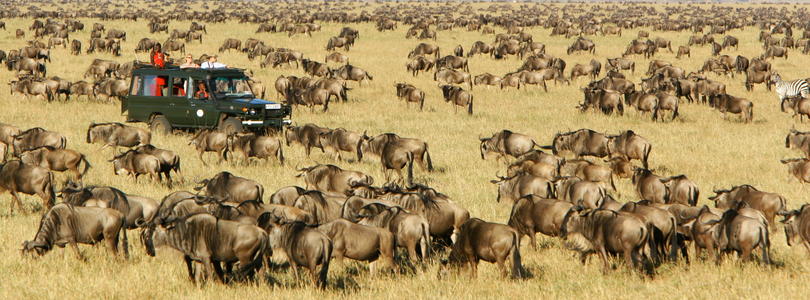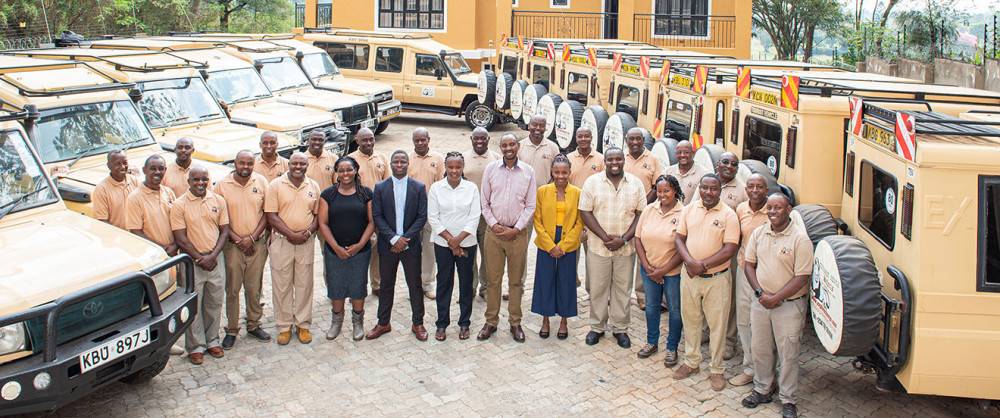Excellent Info For Deciding On Mombasa Watamu Snorkeling
Excellent Info For Deciding On Mombasa Watamu Snorkeling
Blog Article
What Transportation Arrangements Do I Have To Be Aware Of When I Am In Mombasa, Kenya?
To ensure that your trip Mombasa in Kenya is pleasant and stress-free It is essential to be aware of the many transport options that are available. Here are some important tips for your Mombasa Kenya trip.
1. The journey to Mombasa
Moi International Airport is the primary air terminal for Mombasa. Both international and domestic flights are managed by the airport. Mombasa has many flights from and to major airlines.
By Train by Train Madaraka owned by Kenya Railways offers a modern train service that is comfortable between Nairobi Kenya, Nairobi, and Mombasa.
Bus: There are several bus companies offering services between Mombasa (Kenya) and other cities that are major, such as Modern Coast Bus and Coast Bus.
2. Local Transportation in Mombasa
Taxis and ride-hailing services are available in the abundance. Uber and Bolt, two popular ride-hailing companies in Mombasa offer convenient transportation options.
The three-wheeled car is a low cost and convenient way to get through the city. They are ideal for short distances.
Matatus are minibuses with a shared driver that follow a particular route. They're the most well-known form of public transportation. They are an affordable option but can be crowded and less comfortable.
Boda-bodas Taxis for motorcycles are available for quick and easy transport, especially for short distances or areas with significant traffic.
3. Car Rentals
It is possible to rent an automobile at the airport as well as the city. Rental companies both local and international offer a variety of cars. Make sure to be aware of the local driving rules and regulations.
Service for Chauffeurs: For those who do not like driving in their own vehicle, you can also rent the vehicle of a chauffeur.
4. Ferry Services
Likoni Ferry Likoni Ferry: This ferry links Mombasa Island with the mainland south of the city. It is vital to access the beaches of the southern part of the city and is free for pedestrians. Cars have to pay.
5. Excursions & Day Trips
Tour Operators. Many tour operators offer guided tours such as the Mombasa Marine National Park Fort Jesus and the nearby beach resorts such as Diani, Nyali, and Fort Jesus. The tours typically include transportation.
Public Transportation: If an independent traveler, a mix of matatus (tuk-tuks) taxis, matatus and tuk-tuks can help you get to all the places of interest.
6. Cycling and Walking
Rent a bicycle for an enjoyable ride.
Walking is possible at certain places in Mombasa. These include the Old Town and the areas that are along the beach.
7. Travelers' Tips
Safety: Always choose reliable taxi companies and avoid using public transportation in the late hours of the night. Be mindful of your belongings.
Negotiation: When using taxis or tuk-tuks, you must discuss the cost before you begin your journey, as meters are not often used.
Traffic: Expect a lot of traffic around the Likoni Ferry as well as in the central business districts at peak times.
Understanding these options and making the appropriate arrangements can ensure that you enjoy a an enjoyable holiday in Mombasa. Take a look at the recommended kenya watamu marine national park for site advice including tour mombasa, safari a nairobi, africa in kenya, tours & safaris, safari trips in africa, kenya safaris, kenya safaris and tours, luxurious african safari, african safari tours, kenya safari holiday and more.
What Factors Regarding The Weather Should I Be Aware Of When I Visit Mombasa In Kenya?
Understanding the local weather patterns can help you plan your travels in the right way and make the most of your vacation. Here are some essential factors to consider when planning your trip.
1. Climate Overview
Tropical Climate: Mombasa has a tropical climate, with hot temperatures and humid all year. Expect warm weather with temperatures typically ranging from 24degC (75%F) to 32degC (90%F).
2. Seasons
The season of hot and humid (November through April) This time period is characterized by high temperatures and humidity. It is also a busy tourist season, particularly in January and December.
Long Rains April to June The rainy season can bring heavy rains, and sometimes thunderstorms. Roads may become muddy making it difficult to travel. This is a time of low demand for tourism.
Cooler Season (June September - October) Take advantage of the cooler temperatures and less humidity in this time. The weather is generally comfortable and suitable for outdoor sports.
Short Rains (October-November): This period is marked by shorter, less intense rain showers. The rains are usually short, but are followed by sunshine.
3. Tips for packing
Bring lightweight, breathable clothing like linen or cotton to stay cool in hot temperatures.
Rain gear: If you are traveling in the rainy season, bring a waterproof jacket along with an umbrella, as well as footwear that is waterproof.
Sun Protection: A high-SPF sunscreen, wide-brimmed caps, sunglasses as well as light clothing and covering your skin with light clothes can protect against strong sunlight.
Wearing Swimwear: Be sure to wear your swimwear when visiting the hotel pools and beaches.
4. Weather-specific Activities
Beach Time - The ideal time to visit the beach during cooler weather (June to October) is during a time when the sea is calm and the weather is pleasant.
The clear, calm water from November to March is the perfect time to snorkel or diving, as well as other water sports.
Wildlife Viewing - The colder months (June to Oct) are perfect for safaris and excursions into the wilderness, as it's more relaxing.
5. Considerations of Health
Hydration: Keeping hydrated is essential for those living in the hot, humid climate. Drink plenty of water, especially if you are spending time outdoors.
Heat-Related Diseases: Be alert to the risk of heatstroke or exhaustion. Wear loose clothes and frequent breaks in the shade. Avoid intense activity during peak heat.
6. Travel Adjustments
Traveling in the rainy season When you travel during the long rains be prepared for possible interruptions in travel. Some roads could be impassable. Outdoor activities are likely to be restricted.
Flight delays: Tropical storms and rain can cause delays for flights. Keep yourself informed of your travel schedule and have contingency plans.
7. Environmental Concerns
Natural hazards. Be aware of the risks caused by heavy rainfall. Be aware of the weather, and be sure to follow the safety tips of your local area.
Tide Awareness: Be aware that tides can change dramatically when making plans for beach activities. Check local tide calendars for a safe and secure beachcombing and swimming experience.
Understanding the weather's conditions will allow you to organize your plans and packing appropriately, so that you are able to enjoy your time in Mombasa in peace. Have a look at the top rated island snorkeling in mombasa for website info including safari trips in kenya, kenya holiday packages, luxurious african safari, afri safari, african safari kenya, african safari kenya, trips to kenya africa, trips to kenya africa, tour company, kenya beach and safari holiday and more.
What Safari And Tour Planning Do I Need To Know When Holidaying In Mombasa, Kenya?
If you're planning a trip to Mombasa (Kenya), it is crucial to plan your safari or trip carefully. This will guarantee an enjoyable and pleasant experience. Here are some key aspects to consider:
1. Choose a Safari Tour Operator
Reputation - Select a reliable operator who has good reviews. Find tour operators who are accredited by the Kenya Association of Tour Operators.
Find packages offered by various tour operators. Prices vary from affordable to extravagant and are able to vary in terms of duration, inclusive activities, as well as accommodation.
Guides: Ensure that the operator has guides who are experienced and knowledgeable, preferably with certification from relevant bodies.
2. The most sought-after Safari Destinations in Mombasa
Tsavo West: This is the second-largest game reserve in Kenya. It's divided into Tsavo West, and Tsavo West. The park's diverse wildlife includes rhinos, lions and elephants.
Amboseli National Park: Famous for its huge herds of elephants and breathtaking views of Mount Kilimanjaro.
Shimba Hills National Reserve, close to Mombasa offers scenic landscapes with the possibility of seeing rare animals like the Sable antilope.
Maasai Mara (Mombasa): The area, while further than Mombasa provides an unparalleled wildlife experience and is known for its Great Migration.
3. Types of Safaris and Tours
Game Drives. Traditional safaris typically include four-wheel drive game drives which provide close encounters with animals.
Walking Safaris. Guided walks give you the chance to explore the bush as well as learn about the smaller flora.
Balloon Safaris are available in certain parks, including the Maasai Mara. They provide an aerial view of wildlife.
Combining safari with time on the beaches of Mombasa will provide you with a an experience that is more diverse.
Cultural Tours: Include visits to local villages or historic sites such as Fort Jesus and Mombasa Old Town.
4. Timing & Duration
Best Time to Visit: The dry season (June through October) is the ideal time for viewing wildlife as animals congregate in the vicinity of water sources. The Great Migration in the Maasai Mara usually occurs between July between July and October.
Safaris are offered in a range of lengths, ranging from day trips to long-distance trips. It is important to consider your schedule and the amount of time you would like to spend in the wilderness.
5. What should you pack
Clothing Dress in light, breathable clothes in neutral colors. Also, pack long sleeves or pants to guard against mosquitoes in the night.
Comfortable walking or boot shoes, particularly for walking tours, are crucial.
Accessories: Put on a broad brimmed hat and bring sunglasses, sunscreen, insect repellent.
Equipment: Binoculars are crucial to wildlife photography and viewing. A good camera, with extra batteries and memory cards, is essential.
Take any medication that you'll require. Consider carrying an anti-malarial medication as well as a first-aid kit.
6. Health and Safety
Immunizations - Make sure you have all the required vaccinations.
Malaria Prevention Make use of insect repellent Wear long-sleeved garments in the evening and think about anti-malarial drugs.
Food and water safety Food safety: Choose restaurants that are trusted and drink bottled or purified drinking water.
7. Costs of payments
Budgeting is important. Budgeting your spending is crucial. Look into all-inclusive packages that include meals, accommodation, activities and more.
The majority of operators accept payments via credit cards or bank transfers. Check payment options and any deposit requirements.
8. Environmental and Ethical Questions
Eco-friendly operators: Choose those that adhere to sustainable tourism practices.
Wildlife Protection: Respect animals by ensuring they have a safe space, and avoiding disrupting them. Beware of buying products that contain endangered species.
9. Travel Insurance
Coverage - Make sure that your travel insurance policy covers medical emergencies, as well as possible travel disruptions.
10. Booking Confirmation
Safaris, especially in high-season, are highly popular and often book up very quickly. Make sure to book in advance.
Confirmation: Confirm every detail with your tour guide, including pickup times, itinerary, and contact information.
You can make the most of your Kenyan holiday by planning a safari or tour that is well-organized, enjoyable and enjoyable from Mombasa. Take a look at the best kenya day tours for blog examples including tour agents in kenya, africa and safari, africa tours, afri safari, kenya safari holiday, africa tours and safaris, kenya africa travel, tours & safaris, kenya tour operator, mombasa tour companies and more.